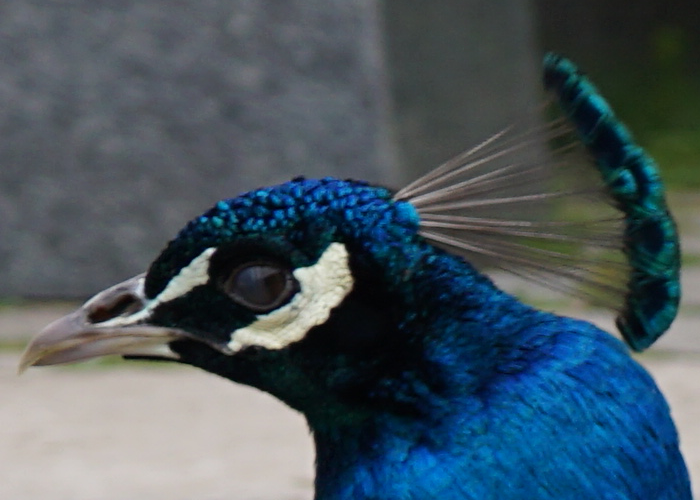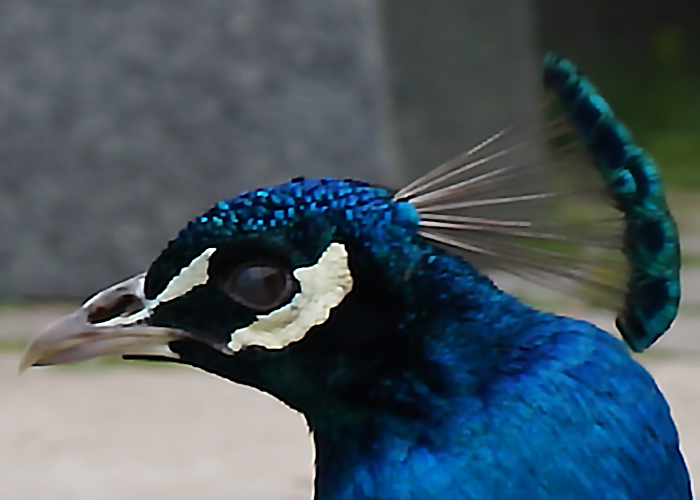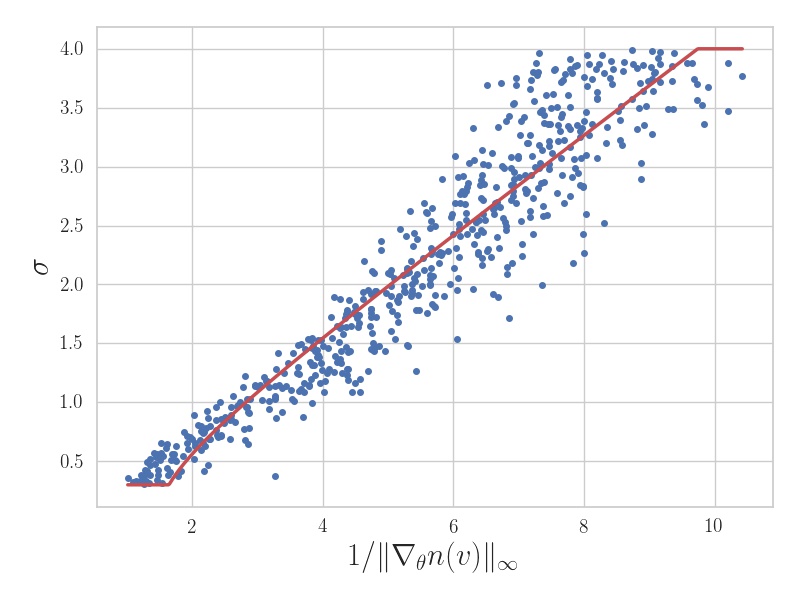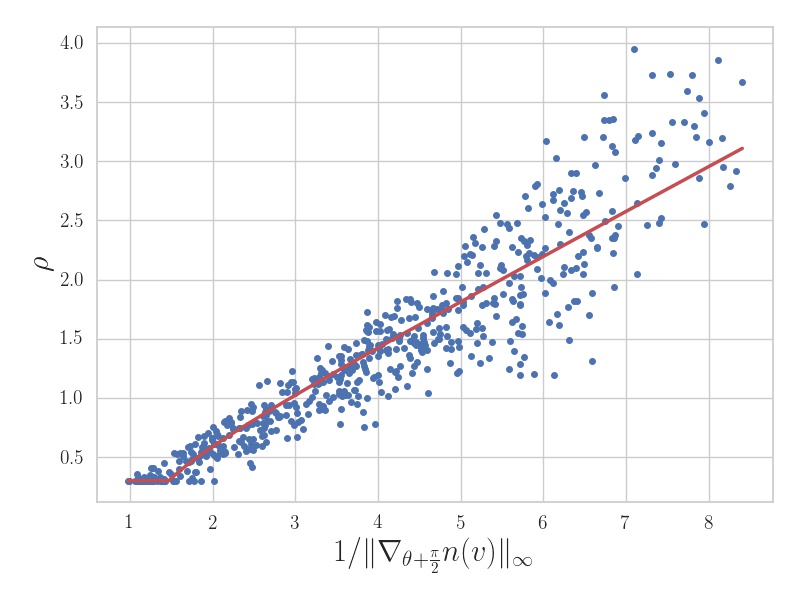 |
 |
|---|---|
| Slightly out-of-focus image | Deblurred result with Polyblur |
This repository contains a Python implementation of Polyblur: Removing mild blur by polynomial reblurring in IEEE Transaction on Computational Imaging 2021 by Mauricio Delbracio, Ignacio Garcia-Dorado, Soungjoon Choi, Damien Kelly and Peyman Milanfar. We provide Pytorch and Numpy non-official implementations reproducing the quantitative and qualitative results of the original paper.
A description an analysis of the algorithm can be found in a companion IPOL paper: Breaking down Polyblur: Fast blind Correction of Small Anisotropic Blurs in Image Processing OnLine 2022 by Thomas Eboli, Jean-Michel Morel and Gabriele Facciolo.
First install the requirements with
pip install -r requirements.txt
Second install the module with
python setup.py install
The Pytorch implementation of this code runs ONLY with torch 1.10+ versions (because of torch.fft for the computation of the gradients with the pytorch implementation).
Once done, you can test the blind deblurring technique with
python main.py --impath ./pictures/peacock_defocus.png --N 3 --alpha 6 --beta 1
You can modify several parameters, e.g. the number of Polyblur iterations and the deconvolution filter's parameters alpha and beta
After installation, the package is imported to any project with
import polyblur
The code contains functional and module blocks: The first is found in the path
polyblur.polyblur_deblurring
and is agnostic to (H,W,C) or (H,W) Numpy arrays or (B,C,H,W) Pytorch tensors. The latter inherits from torch.nn.module and either call deblurring.polyblur on the whole image or overlapping patches. This module is called with
polyblur.PolyblurDeblurring
We also provide a code for reproducing the calibration curves of the original paper with our FFT-based implementation of the gradients, or any other one one can image. To compute the slope and intercept of the model, please run
python calibration_blur_parameters.py
Below is an example of the predicted curves for 1% additive Gaussian noise. If you use the exact same implementation of the gradients as in this repo, you should find something like (0.362, -0.468) for the affine model parameters. You should first provide the path to the DVI2K validation set.
 |
 |
|---|---|
| Principal blur direction | Orthogonal blur direction |
This code reproduces the results of the TCI'22 article but is not as fast. Even though it is not the goal of this repository, here are some elements I will enhance in a near future:
- polybur.domain_transform should be implemented with a C++ or CUDA-based normalized convolution to be faster.
- the convolution are too slow with FFT. I should implement it with separable filters as in the TCI paper.
If you encounter any problem with the code, please contact me at thomas.eboli@ens-paris-saclay.fr.